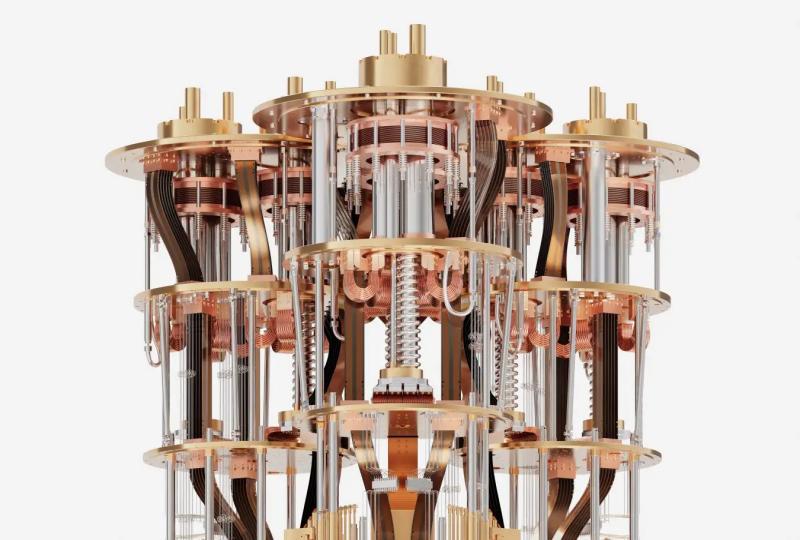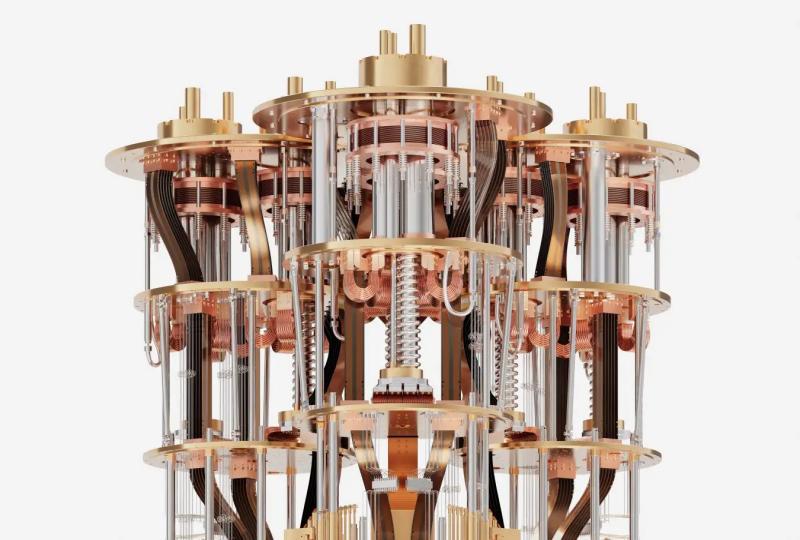Understanding Quantum Chip Design: Key Concepts & Trends
2025.02.19 · Blog quantum advantagequantum readyquantum supremacy
Introduction: The Role of Quantum Chip Design in Quantum Computing
Quantum computing is poised to revolutionize industries by solving problems that classical computers simply cannot. At the heart of this breakthrough technology lies quantum chip design—a critical element that will determine the scalability, reliability, and overall power of quantum computers.
But what exactly is quantum chip design, and how does it differ from traditional chip design?
In this article, we’ll explore the fundamentals of quantum chip design, its current challenges, and the innovations driving the future of quantum technology.
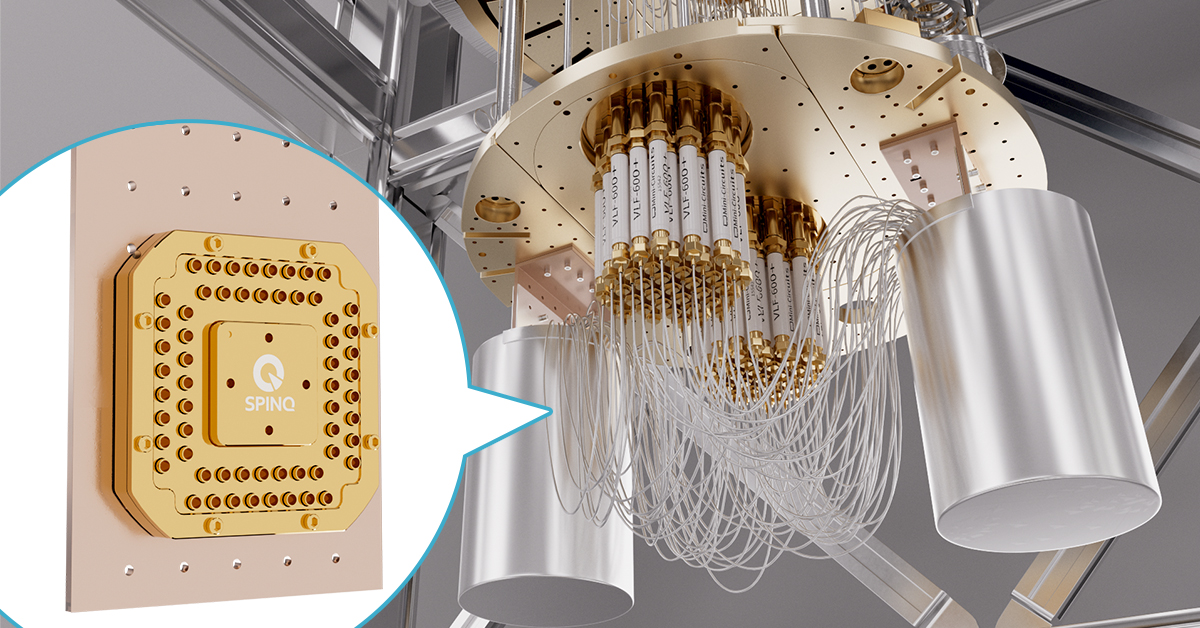
What Is Quantum Chip Design?
Quantum chips are the hardware that powers quantum computers. They are designed to manipulate quantum bits (qubits), which differ significantly from classical bits used in traditional computers.
A quantum chip typically consists of a series of qubits embedded in a specific physical system, such as superconducting circuits, trapped ions, or photonic structures.
The design of these chips is critical for maintaining quantum coherence and enabling operations like quantum gates, entanglement, and superposition.
Unlike conventional chip design, where the primary goal is to optimize for speed and energy efficiency, quantum chip design focuses on maintaining quantum states under highly controlled conditions, often at near absolute zero temperatures. The primary challenge is ensuring that qubits remain stable long enough to perform meaningful computations.
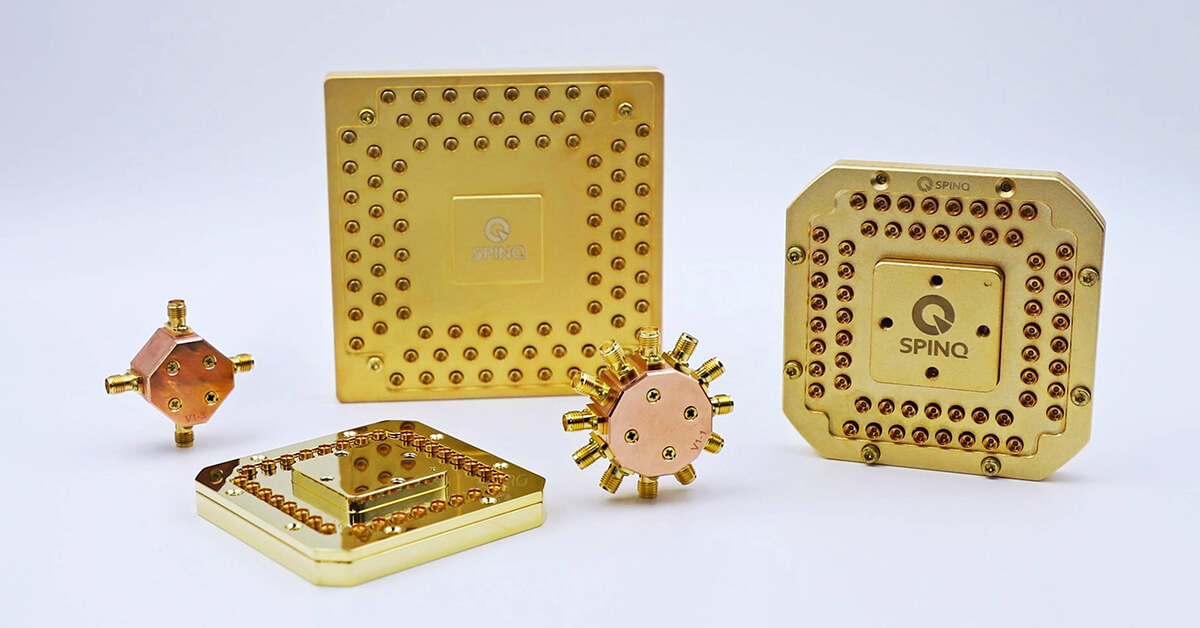
Key Components of Quantum Chips
A quantum chip typically consists of several core elements:
Qubits: These are the fundamental units of quantum information, analogous to classical bits but capable of existing in multiple states simultaneously. Different qubit technologies, such as superconducting qubits, trapped ions, and topological qubits, require distinct approaches to design and fabrication.
Quantum Gates: These operations manipulate qubits, akin to logic gates in classical circuits. Quantum gates are implemented through carefully controlled microwave pulses, magnetic fields, or laser beams, depending on the qubit technology.
Control Electronics: These are the components that generate the signals required to control and measure qubits. The design of control electronics is crucial to ensuring accurate and timely operations, which directly impact the chip’s performance.
Interconnects: In a quantum chip, qubits need to interact with each other to perform operations like entanglement. Interconnects are used to transfer quantum information between qubits, often involving highly complex routing of microwave or optical signals.
Cryogenic Systems: Most quantum chips need to be cooled to extremely low temperatures to function. Cryogenic systems are integral to the design of quantum chips, maintaining temperatures close to absolute zero to minimize noise and preserve quantum coherence.
Challenges in Quantum Chip Design
Designing quantum chips presents several unique challenges:
Quantum Decoherence: One of the biggest obstacles in quantum chip design is decoherence, the loss of quantum information due to interaction with the environment. Engineers must design quantum chips that minimize this effect and maintain qubits in their quantum state long enough for computation.
Scalability: While we currently have small-scale quantum processors, scaling these devices to handle thousands or millions of qubits is a major challenge. Quantum chip design must ensure that qubits remain coherent and that the control systems can scale efficiently.
Error Correction: Quantum systems are highly prone to errors due to the fragile nature of quantum states. Quantum error correction techniques, such as surface codes or topological codes, must be incorporated into quantum chip design to mitigate these errors.
Thermal Management: Quantum chips often require cooling to ultra-low temperatures, which demands advanced cryogenic technologies. Balancing the heat dissipation while maintaining performance is a major design hurdle.
Material and Fabrication Limits: The materials used in quantum chip fabrication, such as superconducting materials for qubits, must meet specific performance criteria. Advances in material science are crucial for overcoming these limitations.
Innovations Driving Quantum Chip Design
Despite the many challenges, innovations in quantum chip design are rapidly progressing. Some key developments include:
Superconducting Qubits: Quantum computing companies like IBM, Google, and SpinQ have made significant strides in superconducting qubits. Their design focuses on enhancing qubit coherence and minimizing error rates.
Topological Qubits: Researchers at companies like Microsoft are exploring topological qubits, which are believed to be more resistant to decoherence, potentially offering a more stable design for large-scale quantum systems.
Integrated Photonic Chips: Quantum chips that use photons to carry quantum information, such as those being developed by Xanadu and PsiQuantum, are gaining attention. Photonic quantum chips offer scalability advantages and are more easily integrated with existing communication networks.
Quantum Error Correction: Advances in error-correcting codes and fault-tolerant quantum computing are improving the stability of quantum chips. These innovations will help mitigate errors and make quantum processors more reliable.
SpinQ: Your Trusted Partner for Quantum Chip Design and QPU Foundry Services
If you are looking to customize your quantum chip design or are in need of quantum chip foundry services, SpinQ is your perfect partner. Whether you are a company or a research institution lacking the necessary equipment or quantum expertise, SpinQ is here to help you!
Custom Quantum Chip Design and QPU Foundry Services
SpinQ is a reliable quantum chip manufacturer offering tailored quantum chip design, fabrication, and testing services for specific quantum chips, ensuring they meet the unique needs of your project.
We pride ourselves on our high-performance superconducting quantum chips. These chips offer a high Qi value, long qubit lifetime, and exceptional stability, enabling qubits to maintain their quantum state for extended periods. This characteristic makes them ideal for real-world applications, transcending the experimental stage and proving their industrial-grade capabilities.
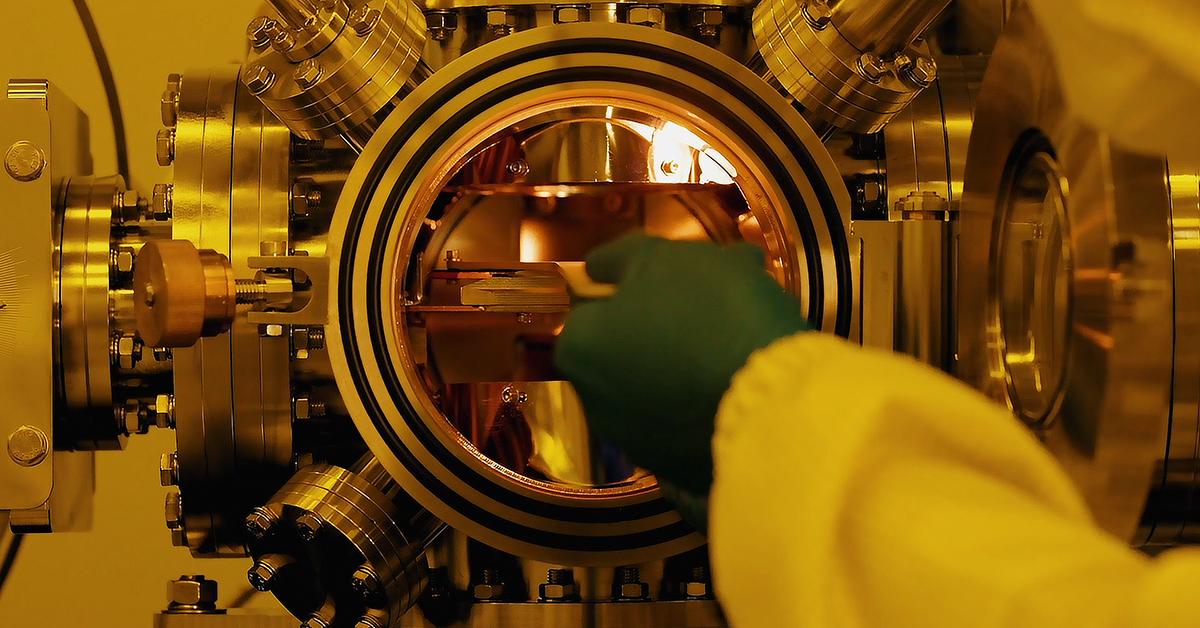
State-of-the-art Quantum Chip Lab and Manufacturing Control
To further support our quantum chip offerings, SpinQ has independently invested nearly 100 million RMB in the development of a state-of-the-art superconducting quantum chip laboratory.
This facility plays a crucial role in supporting the processing and production of superconducting quantum chips, providing independent control over chip quality and the manufacturing process. Our advanced lab minimizes risks of cross-contamination, ensuring the highest level of product quality and stability.
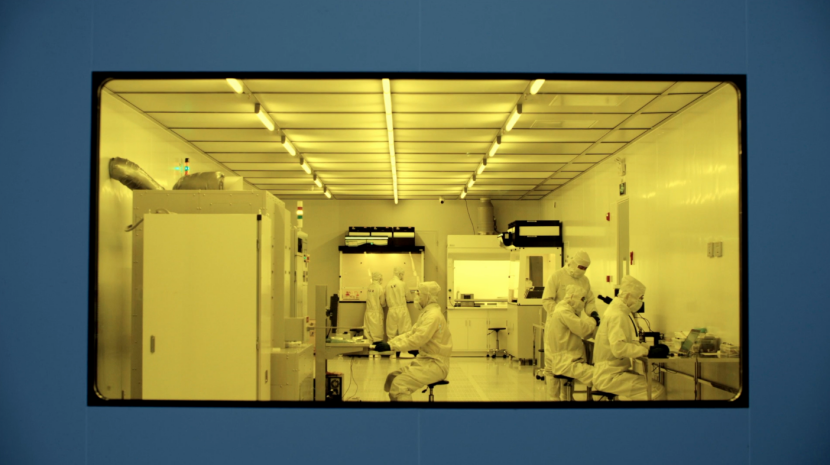
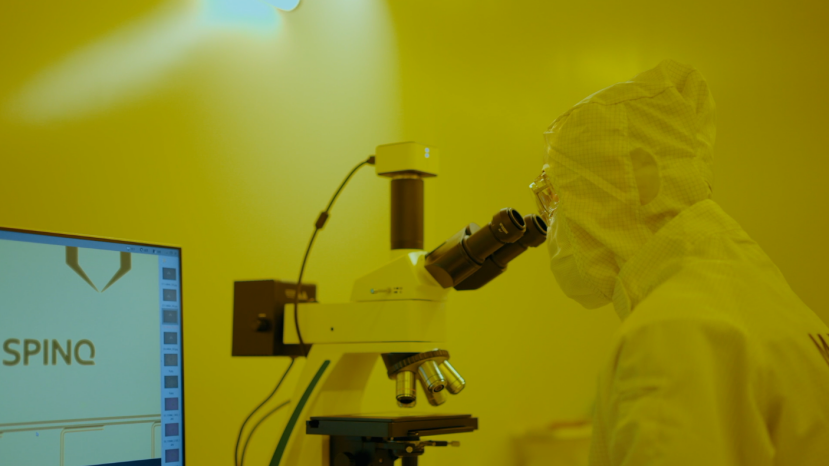
SpinQ QEDA: A Highly Automated Superconducting QPU EDA Design Software
SpinQ QEDA is a highly automated superconducting QPU EDA (Electronic Design Automation) design software that generates quantum devices through parameterization and advanced automatic wiring algorithms.
SpinQ QEDA enables fast and efficient design iterations, helping industry professionals enhance design efficiency. Additionally, it allows enthusiasts of superconducting quantum computing to quickly get started and engage in QPU design.
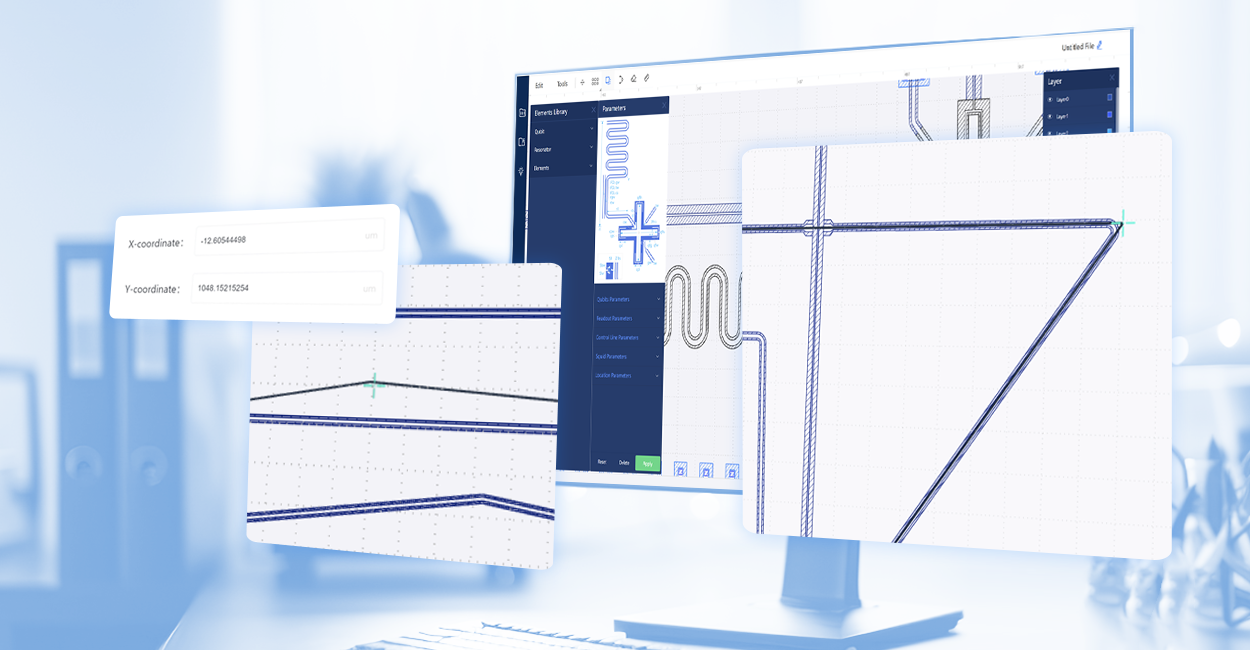
In addition to quantum chip services, SpinQ is a comprehensive provider of quantum computing solutions, offering superconducting quantum computers, educational quantum computers, quantum cloud platform, and quantum software. We deliver cutting-edge solutions to industries, research institutions, and educational organizations, driving the advancement and application of quantum technologies.
The Future of Quantum Chip Design
As the demand for quantum computing grows, quantum chip design will play a crucial role in determining the feasibility of large-scale, practical quantum systems.
The future will likely see innovations in both materials and fabrication techniques that allow for more stable, scalable, and efficient quantum chips.
In addition, quantum chip design will need to adapt to various application-specific needs, from quantum simulations to optimization problems.
Conclusion: Empowering the Next Generation of Quantum Computers with Advanced Quantum Chip Design
Quantum chip design is a highly specialized field, requiring expertise in quantum mechanics, materials science, and computer engineering.
As the technology continues to evolve, the ability to design powerful, stable, and scalable quantum chips will be key to unlocking the full potential of quantum computing. Keep an eye on the latest developments in quantum chip design as they will undoubtedly shape the future of quantum computing and revolutionize industries worldwide.
FAQs
1. What Is Quantum Circuit Design?
Quantum circuit design involves creating a sequence of quantum gates and operations that manipulate quantum bits (qubits) to solve a specific computational problem.
It’s similar to classical circuit design but works with quantum mechanics principles like superposition and entanglement. The goal is to design efficient circuits that minimize error rates and optimize the computational resources needed to perform quantum algorithms.
2. What Are the Differences Between Quantum Circuit Design and Quantum Chip Design?
Quantum circuit design and quantum chip design are related but distinct concepts in quantum computing.
Quantum Circuit Design focuses on the software side, where the objective is to design the sequence of quantum operations (gates and qubits interactions) that perform a specific computational task or algorithm. It is concerned with optimizing quantum algorithms, minimizing error rates, and efficiently utilizing quantum resources.
Quantum Chip Design, on the other hand, deals with the hardware side, which involves creating the physical architecture of the quantum computing chip. This includes choosing the type of qubits (e.g., superconducting qubits, trapped ions), arranging qubits, and designing control and measurement systems. The goal is to build a chip that can reliably execute quantum operations and support scalable quantum computing.
In summary, quantum circuit design is about programming quantum algorithms to run on quantum hardware, while quantum chip design focuses on the physical realization of the hardware that will execute those algorithms. Both are essential and complementary to the development of quantum computing.
3. How Much Does a Quantum Chip Cost?
The cost of a quantum chip can vary widely based on the type of technology used (superconducting qubits, trapped ions, etc.), its complexity, and the scale of the system.
Generally, quantum chips can range from tens of thousands to millions of dollars. For example, a small, research-focused quantum chip might cost around $25,000 to $900,000, while more advanced, commercially available chips could reach several million dollars.
Featured Content


